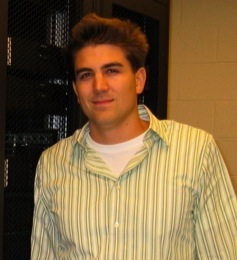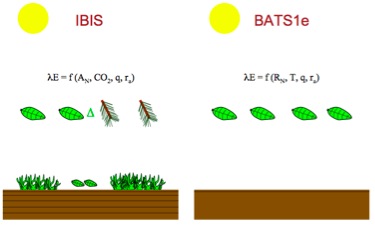I am currently in the fifth year of my PhD program at MIT. In 2006, I
completed my Master’s thesis on research conducted at MIT and the
International Centre of Theoretical Physics (summer ’04, ’05), located
in Trieste, Italy. In addition to academics I snowboard; work for MIT-
EMS, a student run ambulance service; play intramural soccer and
volleyball; fly fish; hike; sail; and attend many concerts.
I was born and raised in Dryden, NY. I attended the State University of
New York College of Environmental Science and Forestry in Syracuse, NY. Originally an Environmental and Forest Biology major, I switched to Environmental Resources and Forest Engineering during the fall semester of my third year and finished my undergraduate degree in the spring of 2003. In addition to my undergraduate studies, I was a Resident Adviser in Lawrinson Hall and Sadler Hall, taught snowboarding at Greek Peak Ski Resort, bartended at Empire Brewery, completed an undergraduate thesis with data collected in summer ‘02 at Hubbard Brook Long-Term Ecological Research site, taught sailing, and participated in a variety of intramural sports. More about me can be found on my personal webpage here.

















